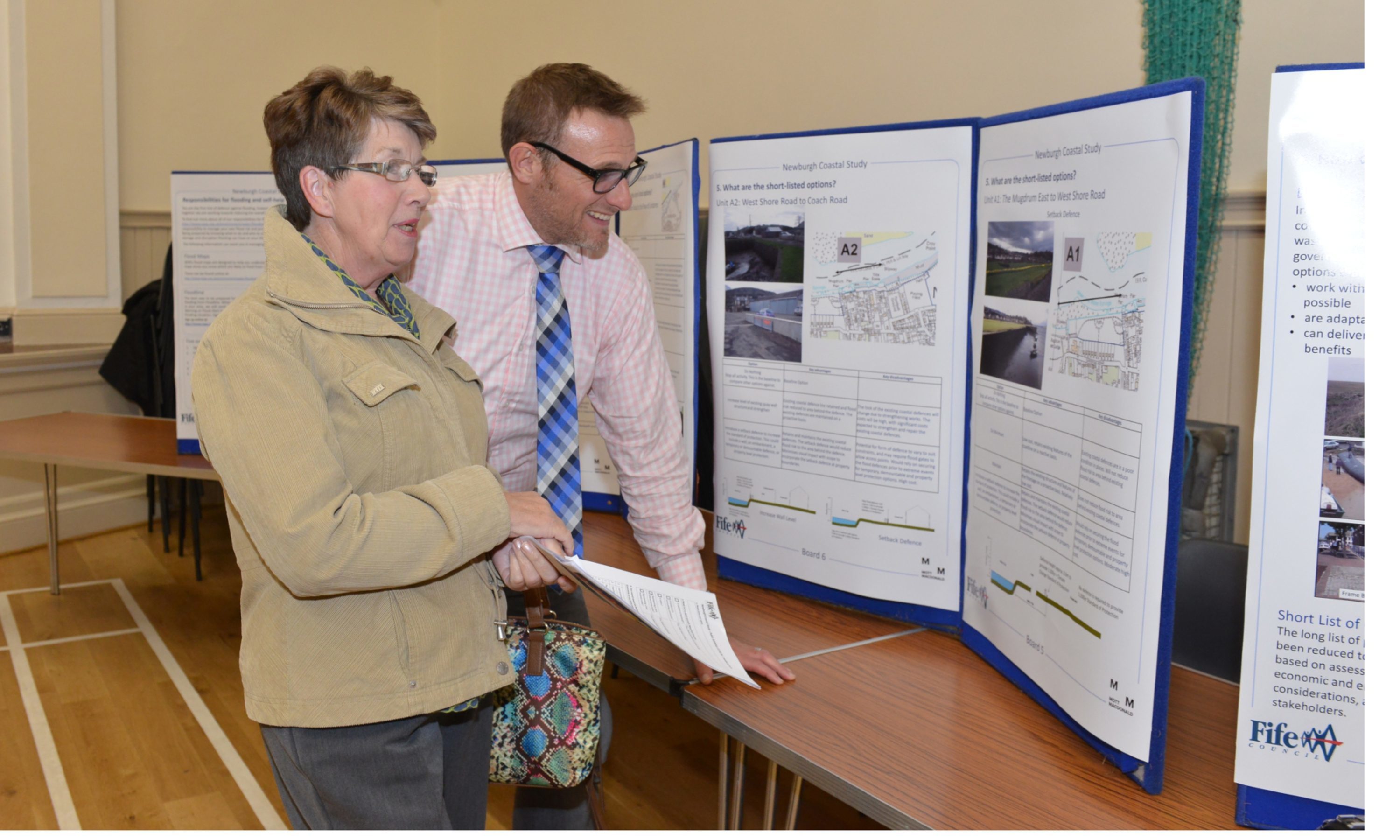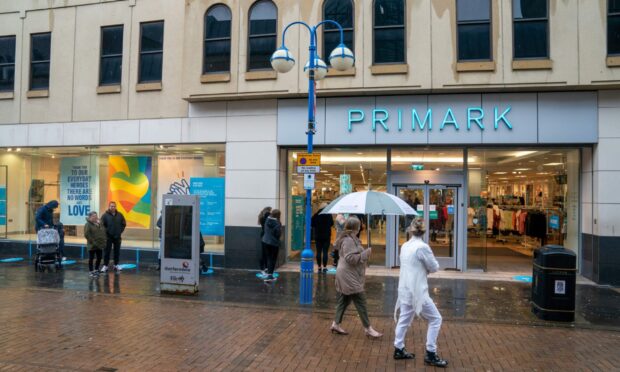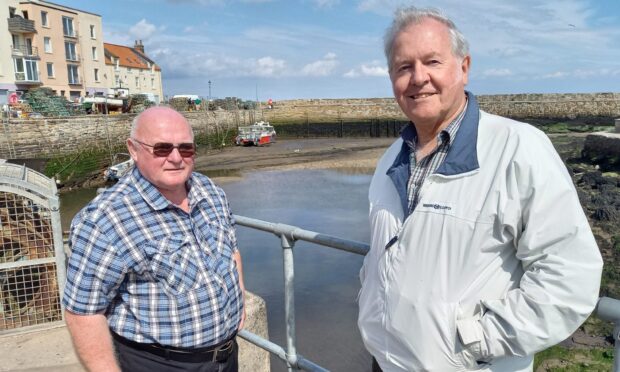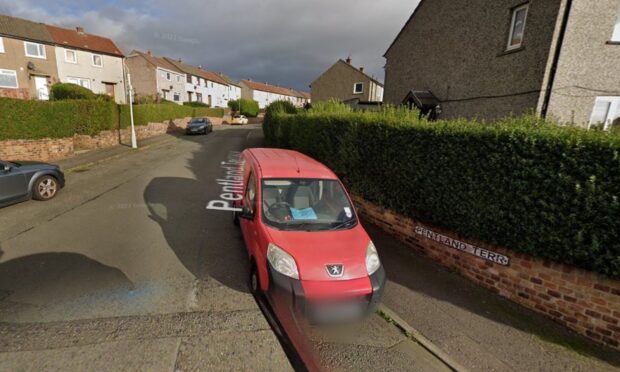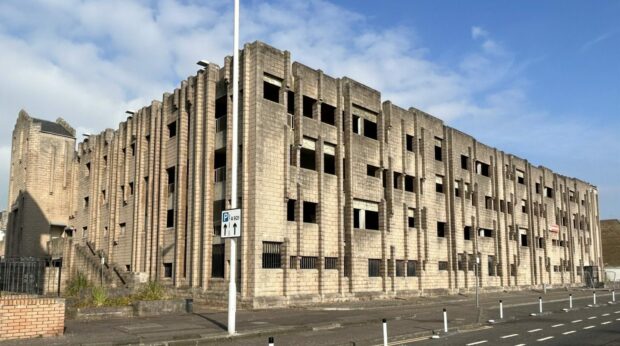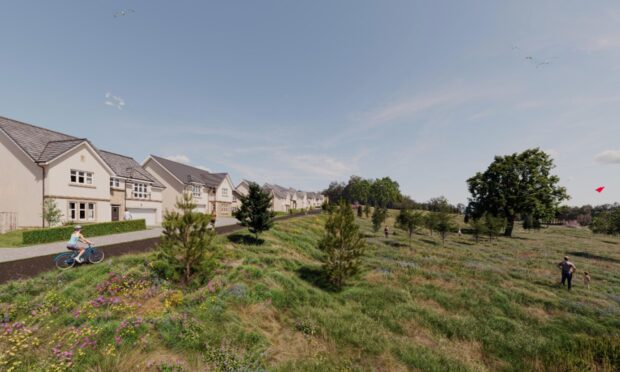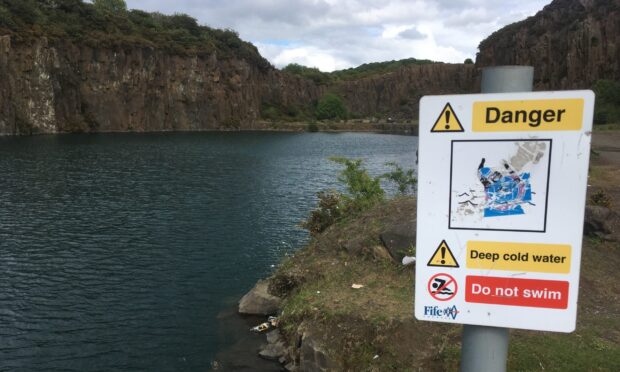New flood defences are being examined for Newburgh, one of the towns deemed most at risk in Scotland as sea levels rise.
The threat of flooding to almost 120 homes and several businesses in the burgh on the banks of the Tay is predicted to increase due to climate change.
Environment agency SEPA estimated that up to £12 million worth of damage could be prevented if action is taken to protect the royal burgh, which it ranked 25th out of a priority list of 168.
In Fife, only St Andrews is deemed a higher priority.
While no significant floods have been recorded in Newburgh for more than 100 years, a Fife Council assessment found that climate change could see floods occur during normal spring tides rather than only in extreme events.
Several flood protection options were presented to the community, including heightening and strengthening the existing quay wall and building new walls or embankments further back with flood gates to maintain access to the waterfront.
An exhibition in Tayside Institute Community Centre gathered views on a number of options for protecting against coastal flooding and erosion and managing Newburgh’s coastline in the short and long term.
The council’s environment and transportation spokesperson, Councillor John Wincott, said: “The River Tay can be a huge asset to the town but it can also be a big threat and it’s important to balance the positives and negatives.
“My hope is that going forward we can harness the potential of the Tay in Newburgh but limit its threat for the people and their way of life.”
Around 50 people attended the exhibition to hear from representatives of the council and specialist flood management consultants Mott MacDonald.
Legislation requires SEPA, Scottish Water and local authorities to work together to manage flood risk, and the Newburgh study is one of several being conducted of at-risk areas in Fife.
Council consultant engineer Nicholas Williamson said that as Newburgh’s flood risk ranked relatively highly nationally it was one of the first parts of Fife to be assessed.
He said: “We considered a long list of options, even pie in the sky stuff.
“We shortlisted a number for each part of Newburgh frontage which we thought were appropriate and looked for public opinion to find out what people would like to see.”
Costs of viable proposals, he said, would have be balanced against the level of damage they mitigate.
Examples of flood prevention schemes from other parts of the UK were on display and Mr Williamson said people were keen to see defences which maintained views of the river.
However, he said: “It is likely to be a number of years before people see anything on the ground.”
If an economically viable solution is found, a grant would be sought from the Scottish Government for up to 80 per cent of the cost.
An allocation is not expected until the next cycle of funding due to start in 2022.
Newburgh Community Council chairman John Ferrans said: “We are pleased the study is being done although there are no firm proposals yet.”
He said flooding was not a major threat to Newburgh at present but if climate change predictions come to pass it could be for future generations.
